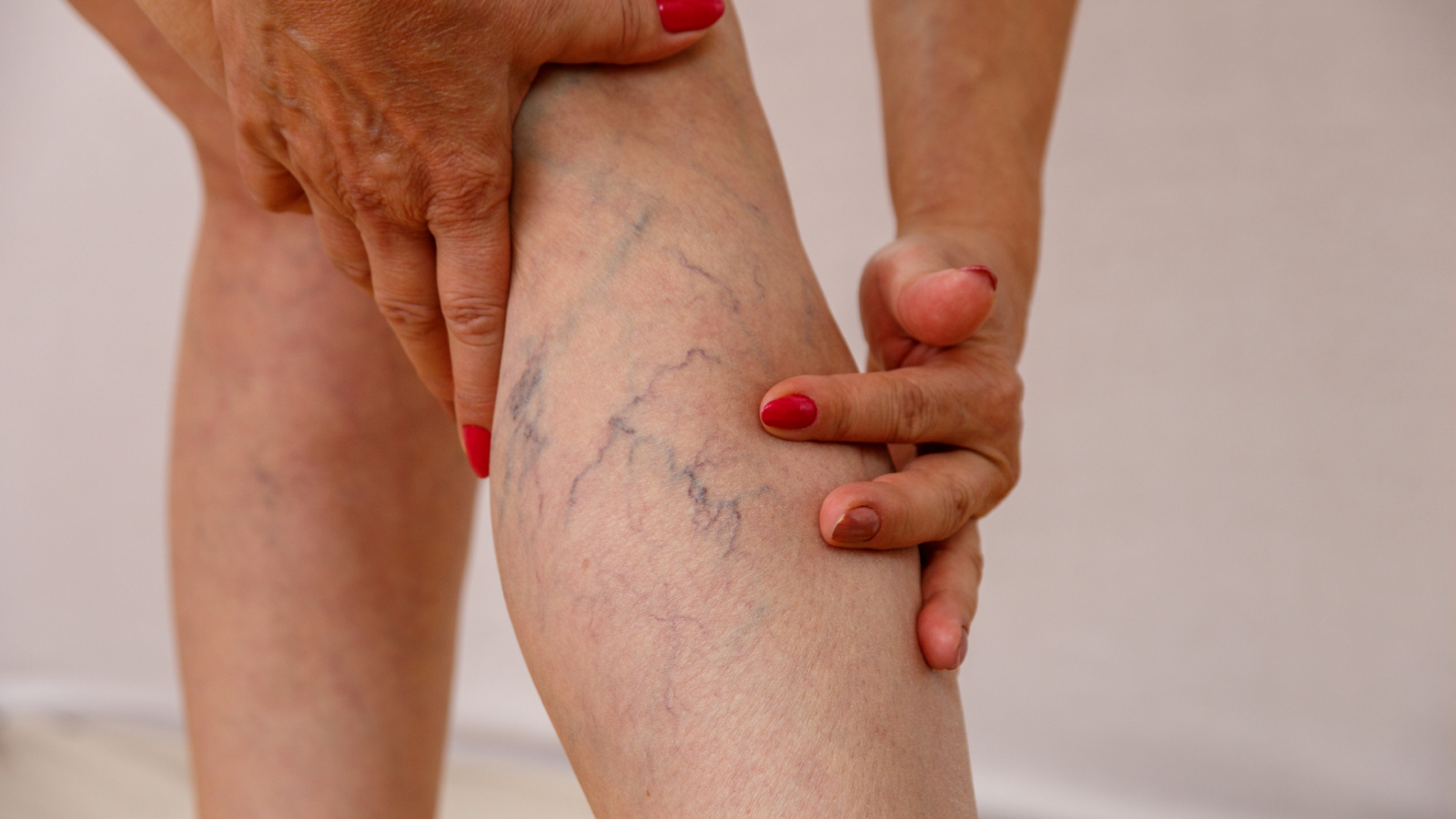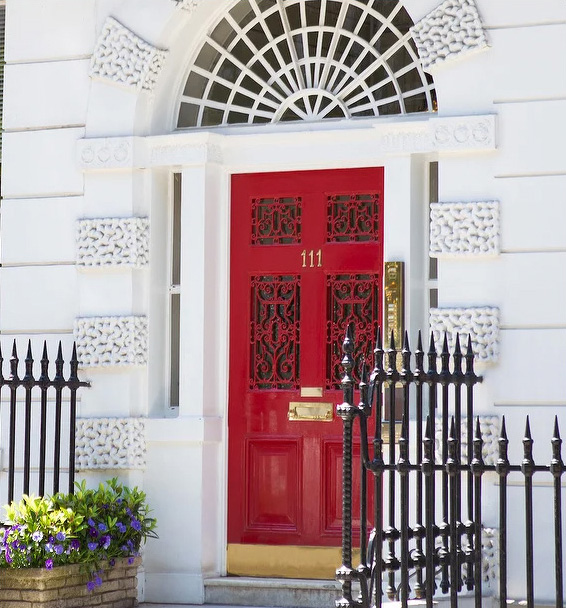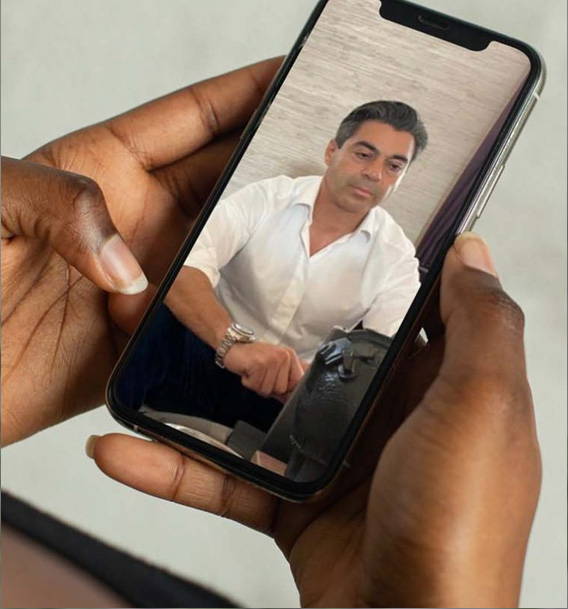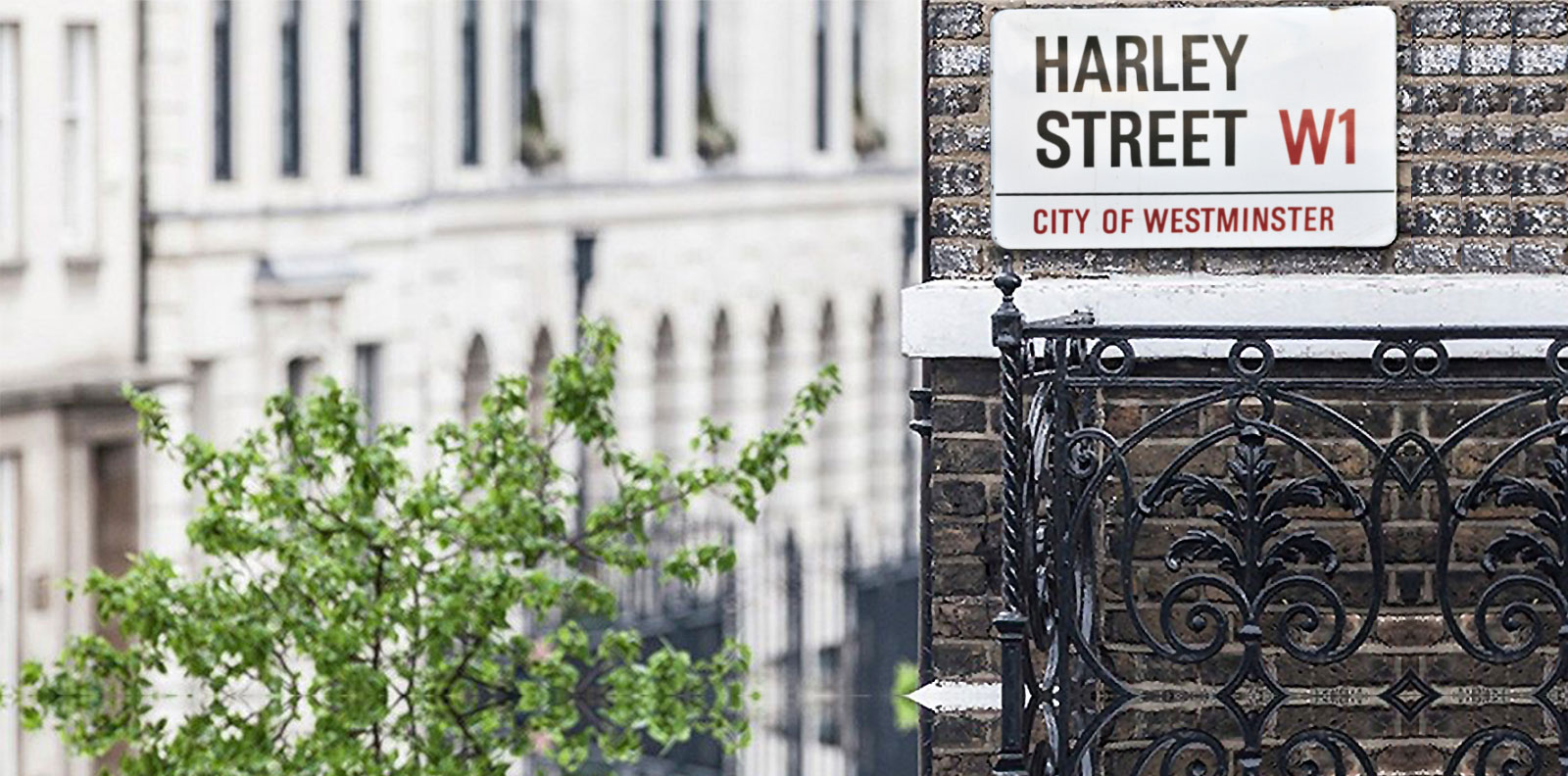

Please note, all consultations are subject to the applicable consultation change or deposit.


In-clinic OR Virtual Consultation
Surgical In-Clinic Consultation Fee: Dr Yannis £350 – Mr Reza £200
Surgical Virtual Consultation Fee – £200
Non-Surgical Consultation: Refundable deposit to secure appointment – £50
To request a consultation, please complete this form.
In-clinic OR Virtual Consultation
Surgical In-Clinic Consultation Fee: Dr Yannis £350 – Mr Reza £200
Surgical Virtual Consultation Fee – £200
Non-Surgical Consultation: Refundable deposit to secure appointment – £50
